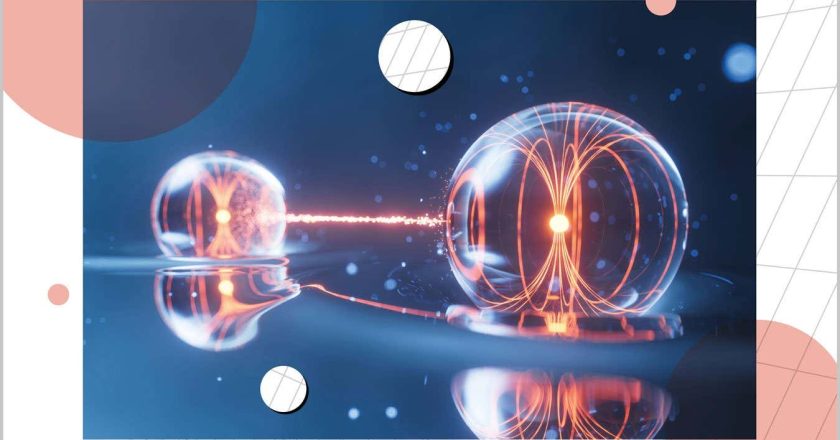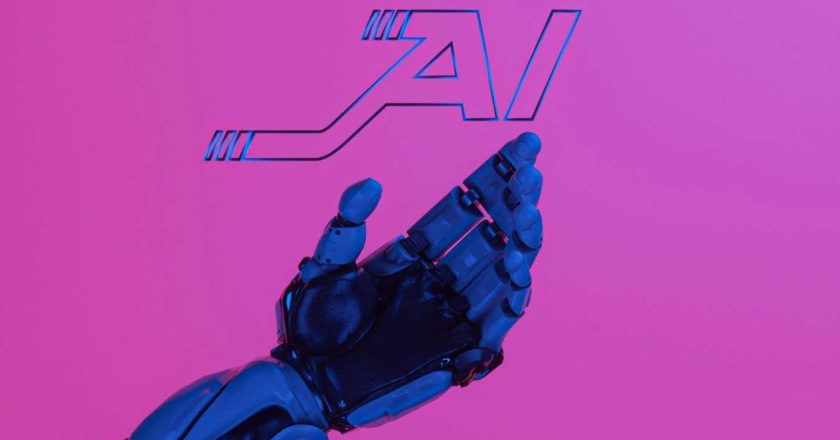Balancing Risk With Opportunity – State of the Planet
When we think of artificial intelligence (AI) and climate justice, we can imagine two stars in an orbital waltz; each with its own gravity, sometimes in harmony, while other times in tension. In moments of alignment, their fields reinforce each other, giving new vitality and perspective.
Yet not all orbits are stable and the gravitational field of AI is growing at an accelerated pace. The ultimate danger we face is the potential for AI to swallow everything around it, much like a black hole.
AI has the potential to illuminate patterns in climate data, sharpen models and increase our chances to forecast an uncertain future. Yet there is a justified concern over the carbon footprint of big AI model training, the secrecy surrounding it, and the risk of exclusion—particularly with com...




